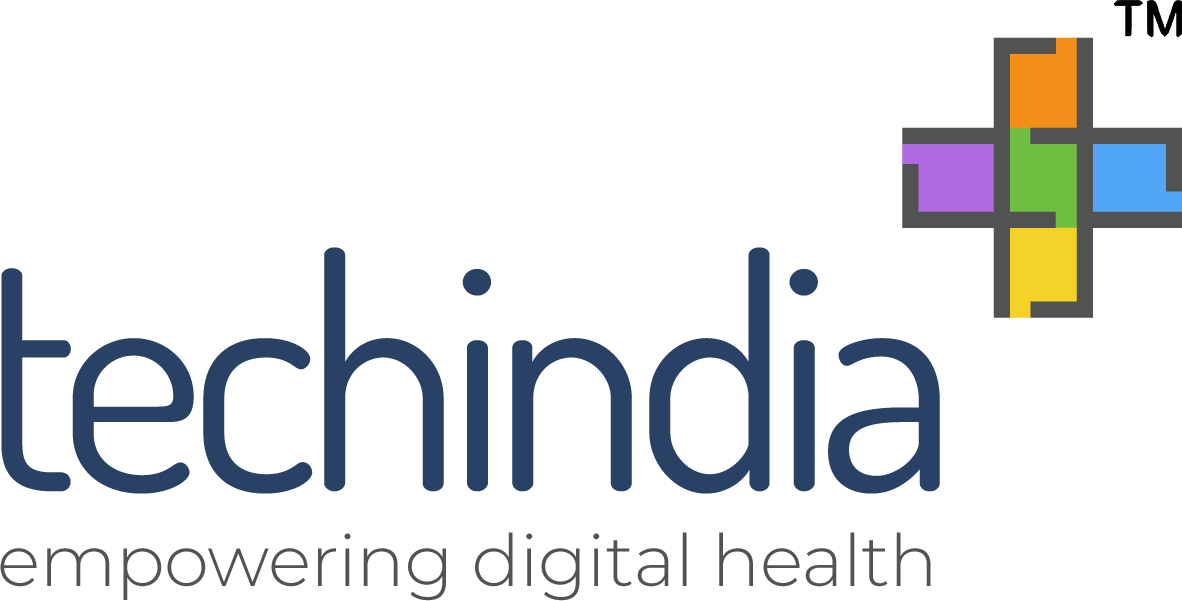- Posted: 30 Jun 2016
- Category: myblog
- Tag: eicu, eicu monitoring, Electronic ICU monitoring, Remote monitoring experts
AN OUTLOOK ON ELECTRONIC ICU MONITORING SERVICES
Telemedicine can make it possible for a group of doctors and nurses to monitor several rooms of patients from a single location. Electronic ICU monitoring applies this remote telemedicine technology enabling monitoring of many critical patients from a single room.
eICU – A Remote Care Strategy:
As the number of intensivists lags behind the critical care needs of an aging population, tele ICU makes it possible for intensivists in one location to monitor ICU patients in remote locations through audio video connections. The intensivists in the centre can receive patient information such as psychological data, medical records and treatment information, and communicate with doctors in the remote location who can provide care to the patients in the ICU as directed.
The Idea Behind eICUs:
Between 2000 and 2020, the number of people over the age of 65 is going to substantially increase in US, meaning the need for critical health care will also increase. According to statistics, this will far outweigh the number of intensivists in the country leading to poor critical care for patients.
eICU technology can alleviate this problem by enabling 24/7 intensivist care across locations, increasing the quality of care and reducing costs as well. The main idea behind eICU technology is to increase access to critical healthcare. Patients can access critical health care in their local hospitals, as intensivists can take over more areas from a single location; helping patients by not only reducing transportation costs but also reducing the stress of shifting to other critical health centres.
How eICUs Improve ICU Care:
ICU beds account for 30% of the costs in US hospitals and it is widely believe that 24/7 care provided by intensivists in ICUs can bring down the mortality rate significantly. Moving over shortages of trained personnel and cost barriers, eICU technology offers increased accessibility, better resource utilization and reduced costs by leveraging intensivists in one single location to monitor ICUs across geographies.
eICUs also give the advantage of proactive care, as ICU patients need constant monitoring because their condition changes rapidly. Remote monitoring experts have access to sophisticated analytics and they can pro-actively identify changes in the patients’ condition before they turn critical.
Outcomes Made Easy:
While barriers of costs and acceptance remain, early adopters of eICU technology can benefit from improved clinical and cost outcomes. Lower mortality rate, shorter ICU stays and better resource utilization through 24/7 monitoring of patients via intensivist controlled command centres are factors directly contributing to increase quality of care, lesser administrative costs and higher revenues for the hospitals in the longer run.
Conclusion:
With more than 5 million patients admitted to ICUs in US every year, hospital costs are high not only in terms of finances but also in terms of clinical outcomes due to high mortality rates and under-staffing. Several researches have proven superior clinical outcomes from ICUs staffed with dedicated intensivists. eICU technology, currently, provides the most cost effective and technologically advanced intensivist staffing model that can help hospitals improve financial as well as clinical outcomes, while increasing patient satisfaction by providing critical care in local hospitals, much more accessible to patients.
Recent Post

We're helping some of the most respected names in healthcare deliver measurably better outcomes. Let us show you what personally Human & AI integrated solution can do for your organization. While filling the form, please fill in the information more specifically that you are looking for.
Thank you for your query! We will get back to you shortly!!

